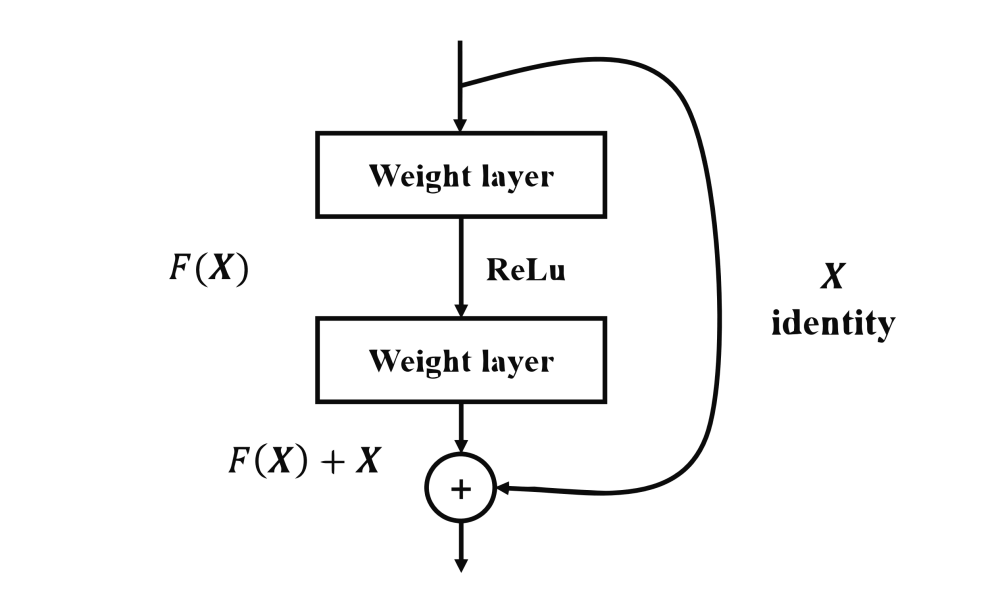基于 ResNet-18 的 Fashion-MNIST 服饰分类

AI-摘要
小嗷犬 GPT
本文介绍了基于 ResNet-18 的 Fa
介绍自己 🙈
生成本文简介 👋
推荐相关文章 📖
前往主页 🏠
前往爱发电购买
这篇文章距离上次更新已经过去了 764 天,其中的某些内容可能不再适用了,请谨慎阅读。
基于 ResNet-18 的 Fashion-MNIST 服饰分类
小嗷犬介绍
环境准备
使用到的库:
- Pytorch
- matplotlib
- d2l
d2l 为斯坦福大学李沐教授打包的一个库,其中包含一些深度学习中常用的函数方法。
安装:
powershell
1 | |
Pytorch 环境请自行配置。
数据集介绍
Fashion-MNIST 是一个替代 MNIST 手写数字集的图像数据集。 它是由 Zalando(一家德国的时尚科技公司)旗下的研究部门提供。其涵盖了来自 10 种类别的共 7 万个不同商品的正面图片。
Fashion-MNIST 的大小、格式和训练集/测试集划分与原始的 MNIST 完全一致。60000/10000 的训练测试数据划分,28x28 的灰度图片。你可以直接用它来测试你的机器学习和深度学习算法性能,且不需要改动任何的代码。
下载地址:
本文使用 Pytorch 自动下载。
网络模型介绍
残差神经网络(ResNet) 是由微软研究院的 何恺明、张祥雨、任少卿、孙剑 等人提出的。ResNet 在 2015 年的 ILSVRC(ImageNet Large Scale Visual Recognition Challenge)中取得了冠军。
残差神经网络 的主要贡献是发现了“退化现象(Degradation)”,并针对退化现象发明了 “快捷连接(Shortcut connection)”,极大的消除了深度过大的神经网络训练困难问题。神经网络的“深度”首次突破了 100 层、最大的神经网络甚至超过了 1000 层。
两种具体结构(包含以及不包含 1*1 卷积层的残差块):
导入相关库
python
1 | |
定义 ResNet-18 网络结构
python
1 | |
下载并配置数据集和加载器
python
1 | |
定义训练函数
训练完成后会保存模型,可以修改模型的保存路径。
python
1 | |
训练模型(或加载模型)
如果环境正确配置了 CUDA,则会由 GPU 进行训练。
加载模型需要根据自身情况修改路径。
python
1 | |
可视化展示
python
1 | |





























